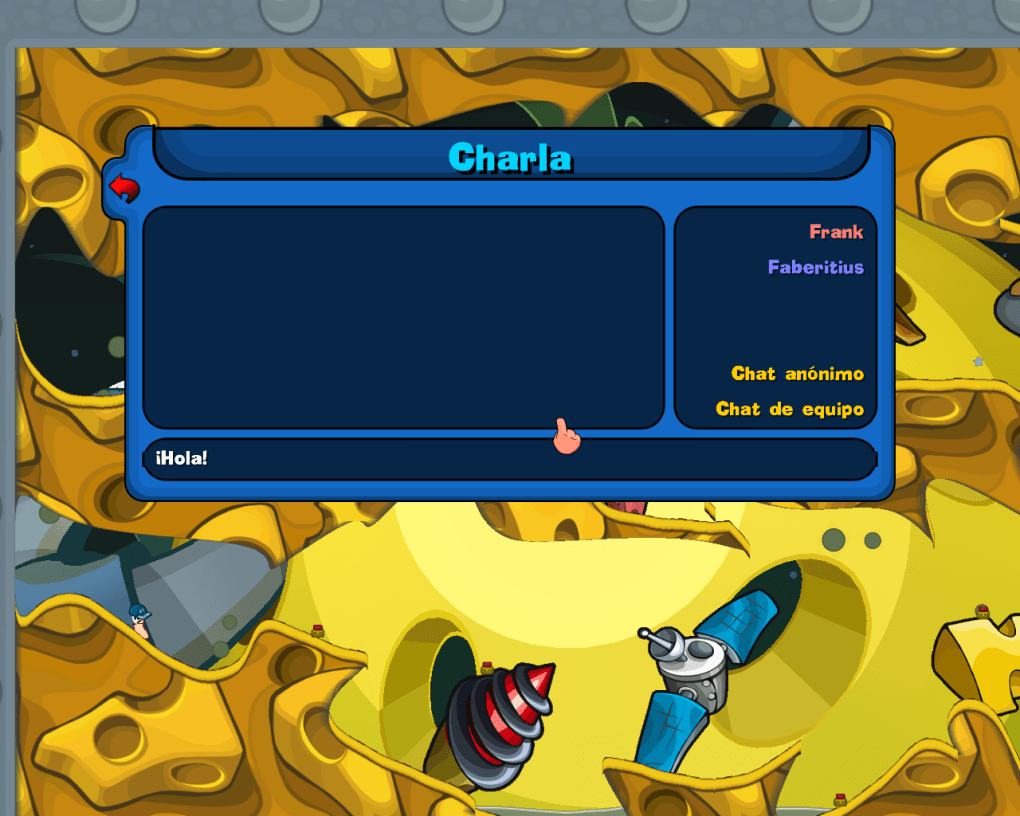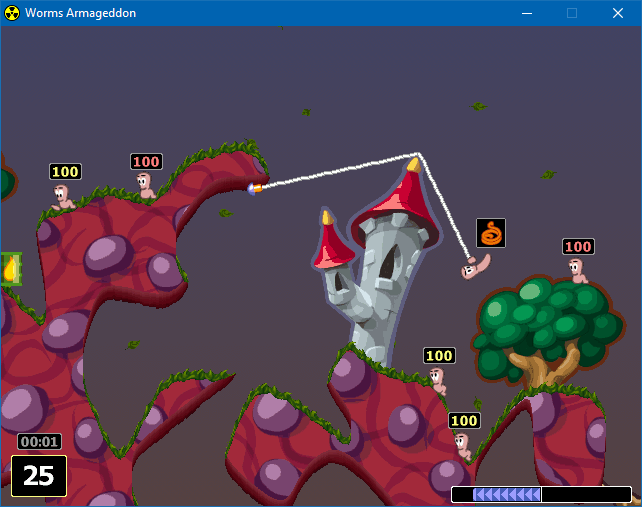

"Extras" like desktop icons, toolbars, wallpapers, or desktop widgets, if needed, will have to be added with additional dedicated applications. This allows the user to create a more lightweight and customized environment, tailored to their own specific needs. Other window managers are instead designed to be used standalone, giving the user complete freedom over the choice of the other applications to be used. Some window managers are developed as part of a more comprehensive desktop environment, usually allowing the other provided applications to better interact with each other, giving a more consistent experience to the user, complete with features like desktop icons, fonts, toolbars, wallpapers, or desktop widgets. The Extended Window Manager Hints specification is used to allow window managers to interact in standard ways with the server and the other clients. Some window managers are even bundled with simple utilities like menus to start programs or to configure the window manager itself.
Worms reloaded windowed mode program windows#
They determine the border, title bar, size, and ability to resize windows, and often provide other functionality such as reserved areas for sticking dockapps like Window Maker, or the ability to tab windows like Fluxbox. Window managers are X clients that control the appearance and behaviour of the frames ("windows") where the various graphical applications are drawn.

The equivalent of window managers on Wayland are called compositors because they also act as compositing window managers.

Note: Window managers are unique to Xorg.


 0 kommentar(er)
0 kommentar(er)
